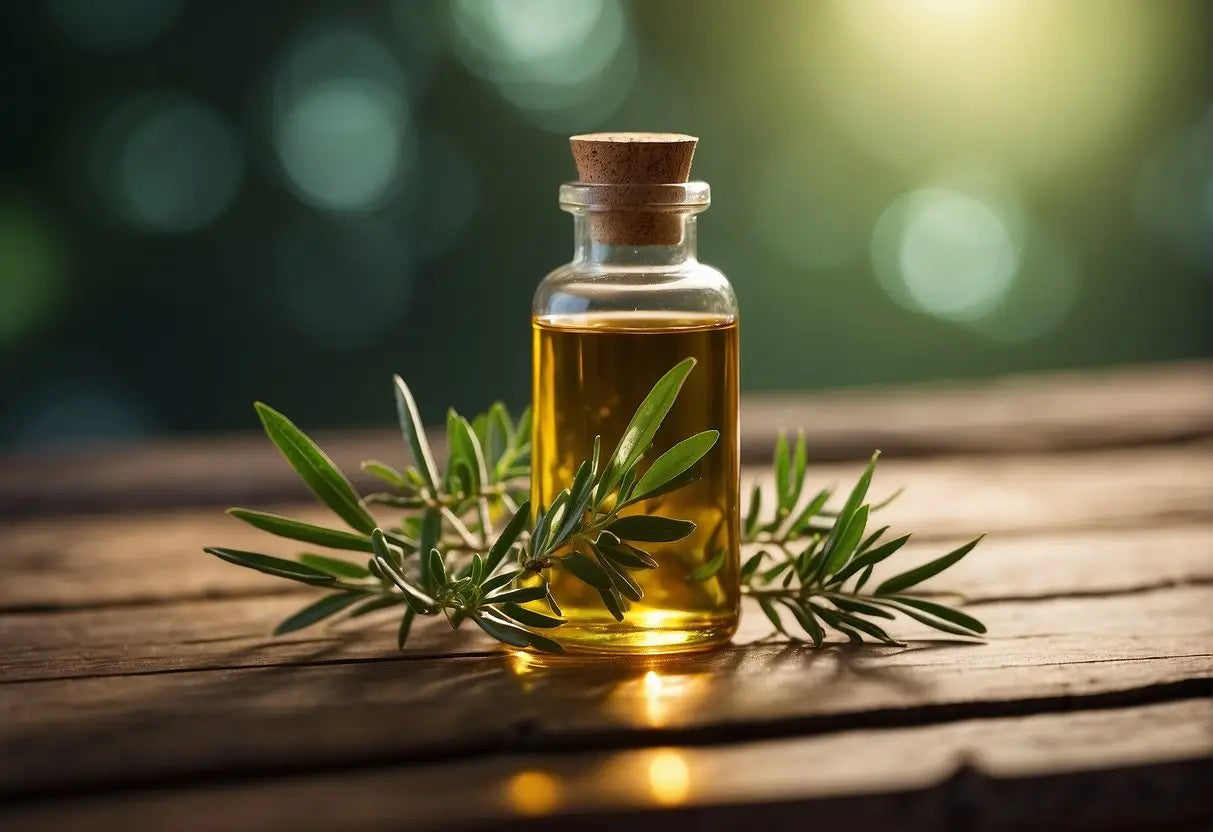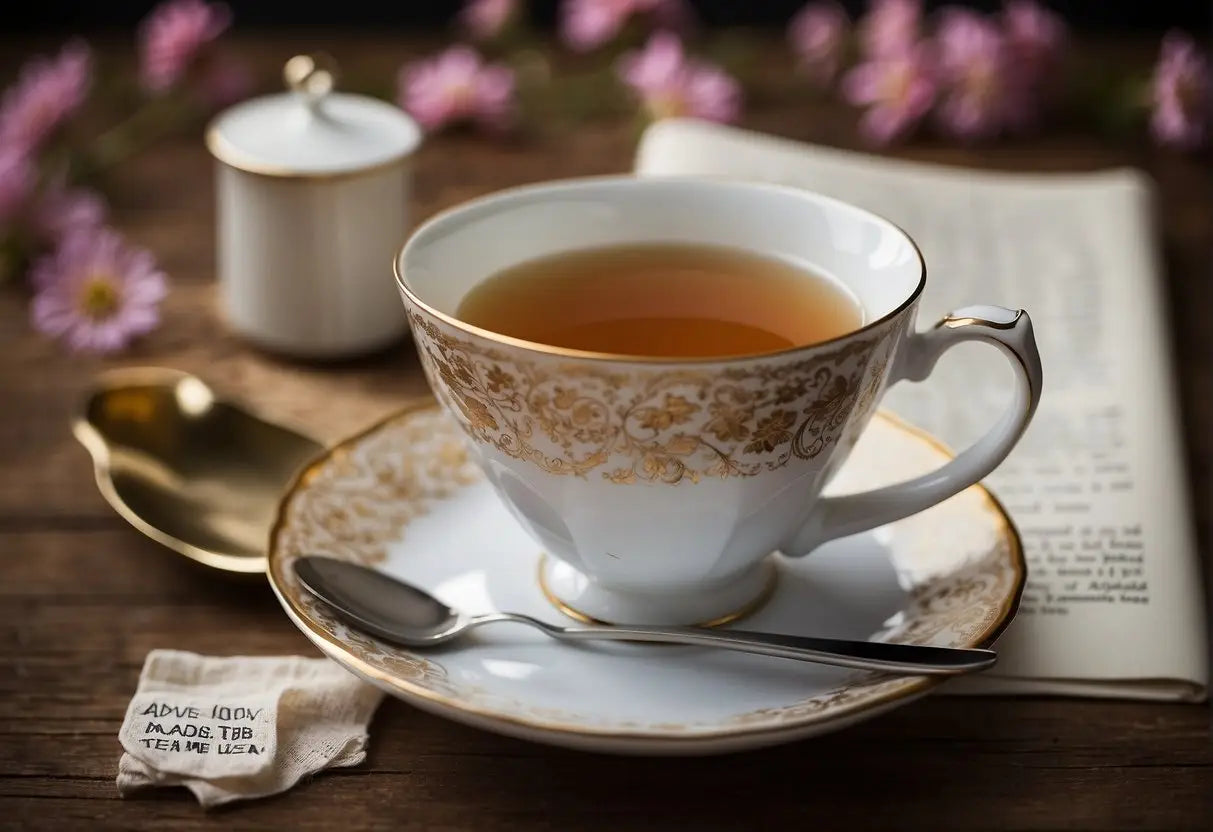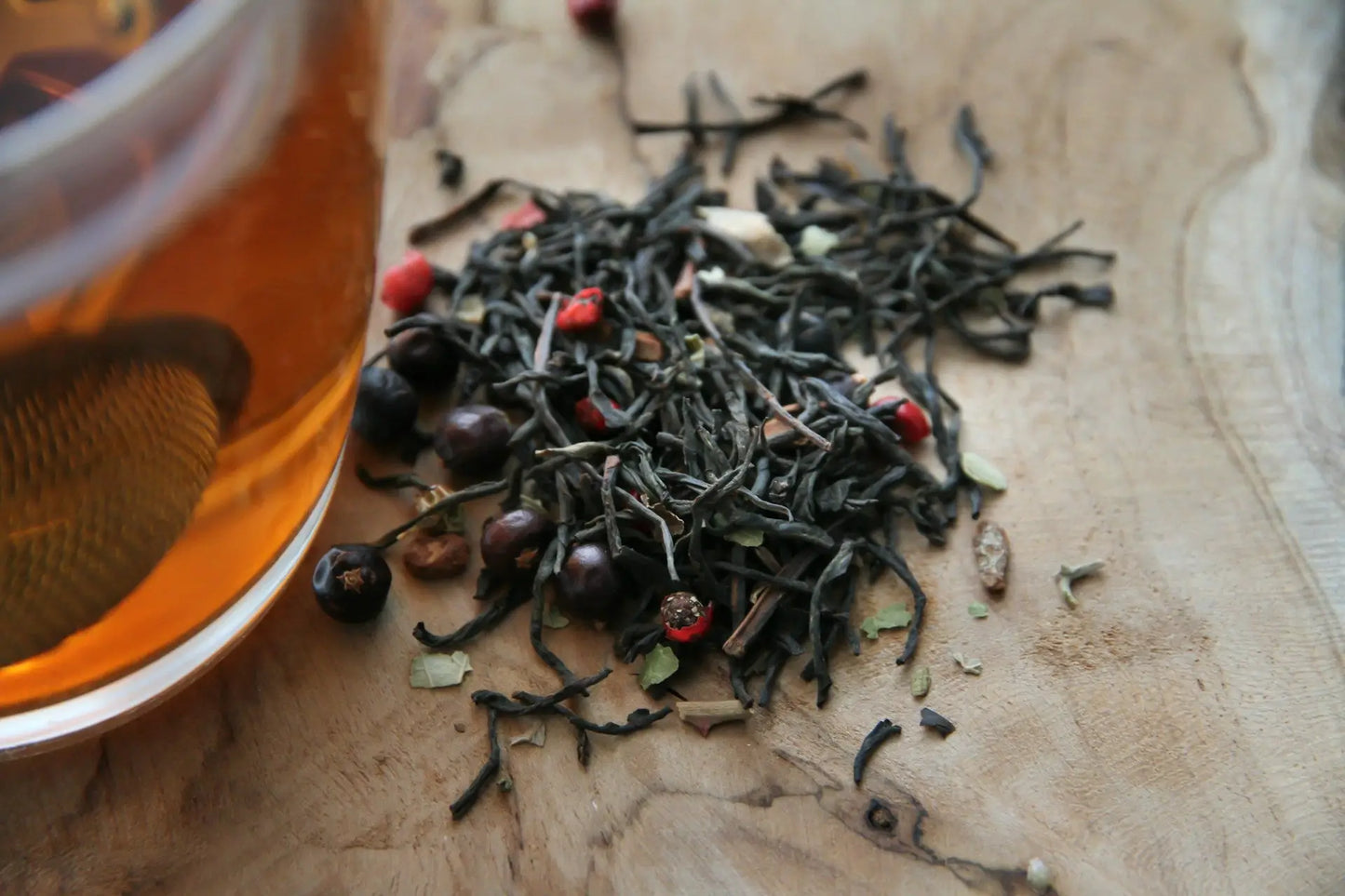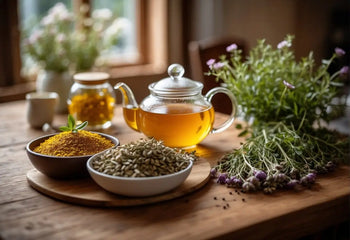What Does Tea Tree Smell Like
Shop our Pu Erh Tea collections! Tea tree oil has a distinctly medicinal scent due to its high concentration of terpinen-4-ol, one of its most active ingredients. Here's a breakdown of its primary aromatic notes: Herbaceous: This is the predominant note, giving it a refreshing plant-like quality. Earthy: Grounding tones that remind you of rich, damp soil. Woody: A deep resonance similar to freshly cut wood. Minty: Hints of coolness that can invigorate the senses. Camphorous: A piercing, slightly medicinal aspect that is pungent and sharp. The intensity of the tea tree aroma can vary, but it's typically quite potent...
What Tea is Good for Allergies
When exploring natural remedies for allergies, you may find that certain teas offer symptomatic relief due to their bioactive compounds. Anti-Inflammatory Properties Several teas contain compounds that exhibit anti-inflammatory effects, which can soothe the irritation caused by allergic reactions. For example: Green Tea: Catechins present in green tea, especially epigallocatechin gallate (EGCG), can help reduce inflammation. Ginger Tea: This tea offers gingerol, a substance known for its anti-inflammatory benefits. Antioxidant Effects Antioxidants in tea mitigate oxidative stress, which contributes to allergy symptoms. The significance of these antioxidants includes: Black Tea: Theaflavins, unique to black tea, carry antioxidant properties that fend...
Why You Should Not Drink Tea During Menstruation
Shop our Pu Erh Tea collections! Menstruation is a natural biological process that you, as a woman, experience, signaling part of the reproductive cycle. Each month, your body prepares for pregnancy, and if no pregnancy occurs, the uterus sheds its lining, resulting in menstrual flow. Cycle Duration: Typically, your cycle lasts from 28 to 35 days, but it can vary. Hormones Involved: The menstrual cycle is regulated by hormones like estrogen and progesterone. Changes in hormone levels can affect your body and mood. Phase Duration Description Menstrual Phase 3-7 days Uterine lining sheds, causing bleeding. Follicular Phase ~14 days (until...
How to Use a Tea Infuser
Tea infusers are tools used to steep loose leaf tea in water. They come in various shapes, sizes, and materials, from simple mesh balls to complex novelty shapes. Your choice of infuser affects the quality of your tea experience. Types of Infusers: Mesh Ball: This classic design is easy to use. Fill with leaves, close securely, and steep. Silicone Infusers: Often designed with fun shapes. They are flexible and usually have tiny holes. Basket Infusers: These sit inside a pot or cup, allowing leaves to expand and water to circulate freely. Tea Sticks: Best for single servings. They stir...
Recent articles






